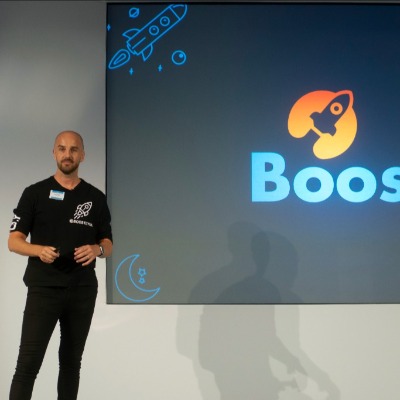Activity
Mon
Wed
Fri
Sun
Jan
Feb
Mar
Apr
May
Jun
Jul
Aug
Sep
Oct
Nov
Dec
What is this?
Less
More
Memberships
UK DUBAI PROPERTY ACCELERATOR
83 members • Free
OfferLab
9.5k members • Free
Dopamine Digital
4.8k members • Free
Pass The Booking SA Community
514 members • Free
Short Term Rental Dictionary
203 members • Free
Stefs Side Hustle Studio
30 members • $79/m
STA (Course Only)
2.9k members • Free
ChatGPT Users
12.6k members • Free
AI Automation Agency Hub
274.6k members • Free
7 contributions to THE SA CIRCLE ⭕️ RENT TO RENT
Scale UK - 10 tickets left
Only 10 tickets left for Thursday 13th November — the final day that includes the Book Direct Show. It’s happening at Manchester Hall and is easily one of the best events for hosts, property managers, and anyone serious about growing their business. Coffee, lunch, and post-show drinks are all included. I’ve managed to bag a discount code for you as well— you can still grab 10% off with my code Boostly10. That brings it down to £136.99 for the full day. Once they’re gone, that’s it. Grab your spot here: https://scaleuk2025.eventify.io/t2/tickets/4A2B72
1
0
Building something for SA owners
Even if you have no properties, you can make money with this @Shamil Mae what you reckon

Who can make this event?
https://uk.scalerentals.show/event/scale-uk-2025/ Scale Uk in Manchester in November @Shamil Mae
3
0

NEED YOUR HELP🤔 - CHANGES! - FEEDBACK 👇🏻
Hi people, I need some feedback and want to make some changes around here. 1) Time of the Weekly Zoom Q&A Calls. I think after the last few calls, I've been told to move the times to earlier as most people cannot do 4 pm on Sundays. So I am thinking of either 11 am or 12 pm on Sunday? What do you think? 2) The Skool Platform, do you like it? Shall we move back to Discord? Do you feel like this platform is good? laggy? like it or no? 3) What else can we do or provide to add value?

How AI is Changing Airbnb’s Search Algorithm in 2025 – What You Need To Know Know
Airbnb’s search algorithm has evolved again; if you are not keeping up, you are falling behind. In 2025, artificial intelligence will drive search rankings, guest experiences, and booking behaviour. No two guests will see the same results anymore. Personalisation is more advanced than ever, and for hosts, this means that optimising listings with artificial intelligence in mind is no longer an option. It is essential. Here is what you need to know to stay ahead. Artificial Intelligence Now Determines Search Rankings Airbnb’s search algorithm no longer operates on simple ranking factors such as reviews or pricing alone. Instead, it is an artificial intelligence-powered system that tailors results in real-time based on each guest’s behaviour, travel history, and browsing habits. How Airbnb Uses Artificial Intelligence to Rank Listings • User and Listing Categorisation: Artificial intelligence maps properties into “interest clusters” and matches them to guests based on previous behaviour. • Journey Ranker Model: A predictive ranking system that refines results based on guest interactions, including clicks, wishlist saves, and past bookings. • Adaptive Learning: The algorithm adjusts in real-time. If a guest consistently clicks on waterfront properties but ignores city apartments, it will prioritise similar listings. • Flexible Search Boundaries: The system expands the search radius when inventory is low instead of displaying no availability. A guest who regularly books properties with a hot tub but never selects shared accommodation will see fewer shared listings, even if they do not apply that filter manually. Personalised Search Results Have Reached a New Level The search results one person sees differ from another’s, even if they search in the same location. Airbnb now prioritises: • Behavioural Cues: Past searches, click-through rates, and time spent viewing a listing. • Contextual Data: Travel dates, group size, and even device type, as mobile users tend to prefer shorter descriptions.

1-7 of 7
@mark-simpson-1263
Boostly.co.uk
Instagram-> @boostlyuk
Linkedin -> linkedin.com/in/mrmarksimpson/
Active 4d ago
Joined Mar 3, 2025
Uk


